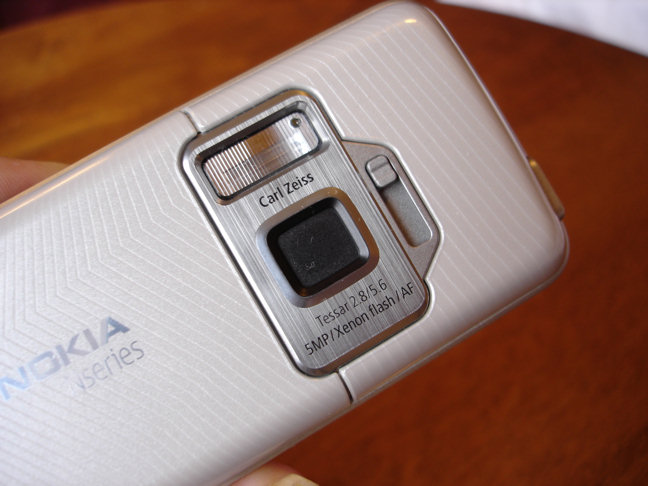I realise this is starting to get into seriously specialist territory - I mean, we're talking here about the relative merits of the flashes used in the cameras in phones, for goodness sake - but the fact remains that imaging capability remains high on most people's want lists when considering what to buy next. And, as I often say, you only get one chance to take most photos - snap it with a device with an underpowered camera and you'll often be disappointed.
This applies just as much to the world of adults and kids parties, to pubs and clubs, to functions and gigs, as it does to that of glorious sunsets, beach and park scenes. In other words, you want to capture the moment just as much indoors in poor light as you do outside in great light.
Except that phone cameras are traditionally bad in low light conditions because of their small CMOS sensors - there simply aren't enough photons to go round and the end result is grainy, blurry photos. Many phones have LED flash, of course. This helps when your subject is around a metre away but increasingly disappoints beyond this range. To combat this, devices have started to appear with dual LED flash, i.e. twice the brightness, although as radiative energy falls away exponentially with distance, you don't actually get twice the range. Borrowing a technology from 'grown up' standalone cameras, a small number of top end phones now sport a 'Xenon' flash.
As you'll have guessed, the name comes from the element (a 'noble' gas) Xenon. A tube of the gas (illustration here) is electrically excited with a high voltage (many hundreds of volts) from a large capacitor and the de-excitation produces a high intensity flash, of the order of thousands of times brighter than a traditional LED flash but lasting 100 times less, typically less than a millisecond.
The net result is a much brighter flash for camera use. So, you might ask, why don't all phone cameras come with Xenon flash?
- Cost. Putting in a Xenon flash unit is much more expensive.
- Power. Physics dictates (even after allowing for power efficiency variation) that if more light energy is created then more power will ultimately be drawn from the phone's battery. In my experience, the extra power drain per flash can be as much as ten times that of a LED flash.
- No continuous mode. Most LED flash units can operate 'on' all the time, if needed, for recording a video sequence, for example.
- Extra LED needed anyway. Even though the main flash is Xenon, a LED light is needed anyway in order that the camera can focus in dark conditions, ahead of the Xenon flash triggering and the photo being taken.
- Close-ups can be spoiled. When shooting something very close-up, the sheer amount of light can be a problem, washing out the subject.
- Better illumination. Obviously. Typically around ten times the amount of light output as an LED flash but enough to make a dramatic difference to a scene.
- Faster illumination. With its far, far faster illumination time, a Xenon flash-lit shot will capture anything moving beautifully crisply. You can effectively say goodbye to blurry, grainy indoor photos once and for all.
Better illumination
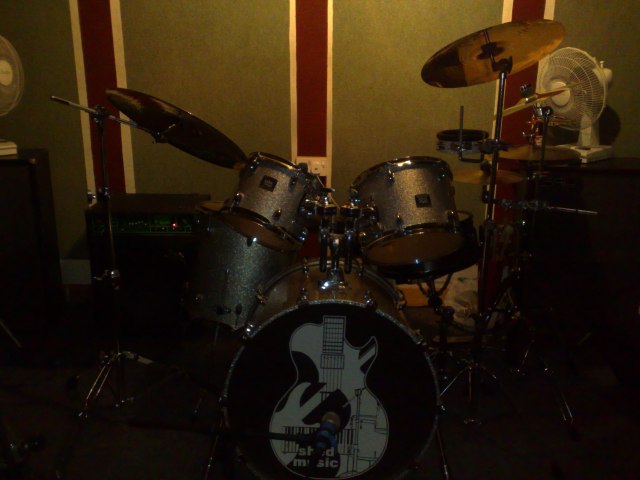
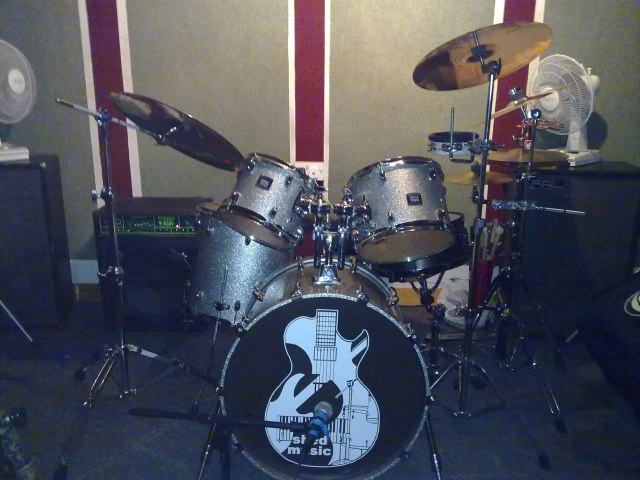
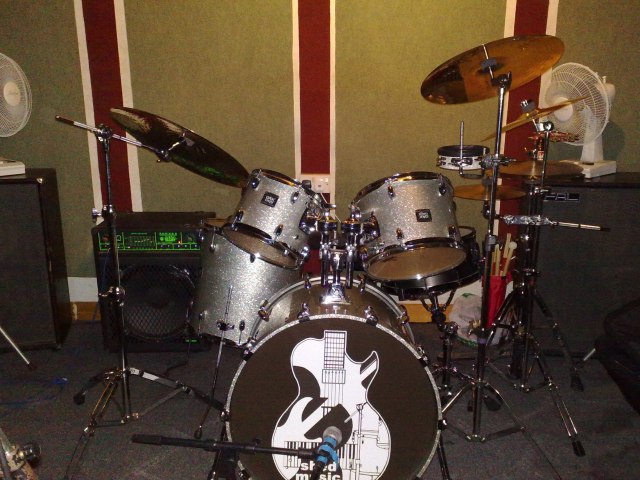
Faster illumination

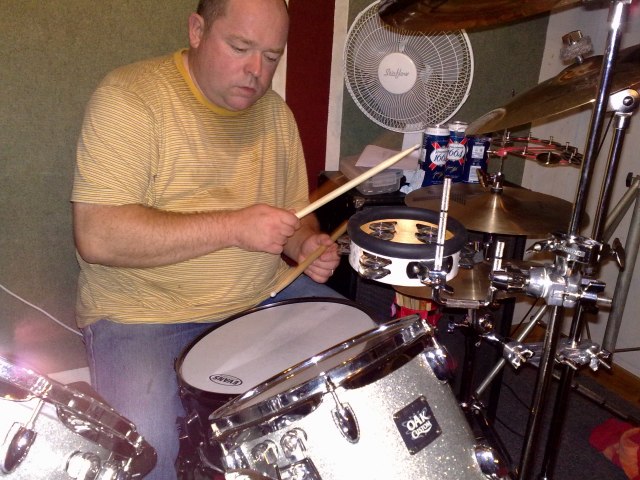
Decision time

